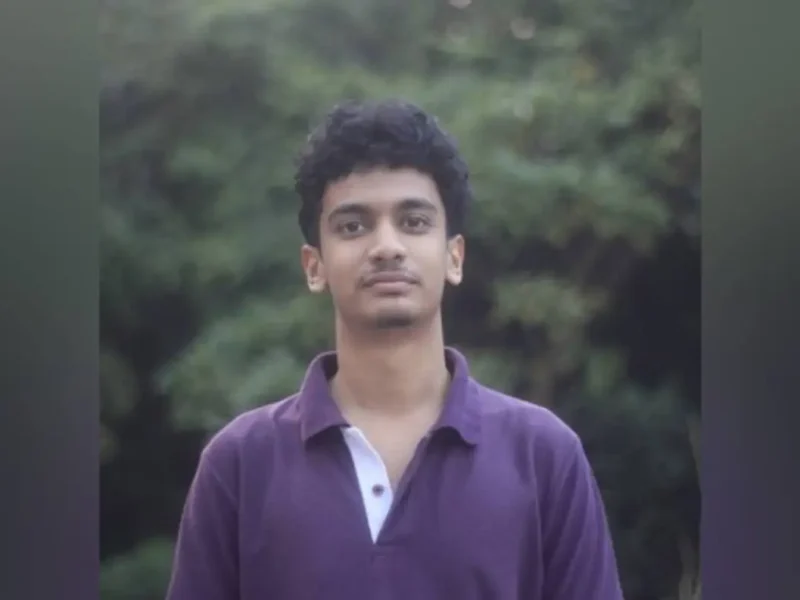
Excessive Rainfall, Groundwater Depletion A Serious Threat In North India
By Prof. Ramesh P Singh, Chapman University, CA
Whether one believes it or not, the day-to-day happenings in the northern parts of India especially in the Himalayan region is an indicator of climate change. In the Himalayan region, the snow/glaciers are depleting, which has created a threat to the drinking water in years to come, especially to future generations.
The growing population, urbanization, and energy demand are the major sources for poor air quality and mortality that are also related to the frequent natural hazards in many parts of India and in the Himalayan region. The Indian sub-continent covers a large part with the stable Indian shield, made of different cratons (hard rocks). These cratonic blocks move differently with different crustal movements and directions which is being observed using the Global Positioning System. The Indo-Gangetic Plains lie north of the stable Indian shield surrounded by the towering Himalayas. The plate motion and deformation studies are important to forecast the future changes and deformation leading to all kinds of natural hazards (landslides, subsidence, earthquakes, rockslides) that affect buildings and infrastructure.
The plains are covered with thick alluvium soils, one of the agriculturally productive regions in India with huge amounts of Groundwater resources. The IGP region is home to 900 million people, the population is responsible for the poor air quality and atmospheric pollution due to anthropogenic (biofuel cooking, biomass and crop residue burning, emissions from dense brick kilns and vehicles, constructions) and natural activities (dust storms at local and long-range transport). In the last two decades, the use of groundwater has increased anomalously that has depleted groundwater level, in general in the IGP region, in the western parts of India in the Punjab state which is known as the food basket of India. The farmers of Punjab and adjoining states are dependent on the deep water well, which has increased the problem with groundwater quality. The water quality is contaminated with fluoride and arsenic problems that are a threat to agriculture crops and drinking water.
Further, the satellite data (GRACE satellite) have shown groundwater depletion which is associated with groundwater exploitation in the IGP in general, and in the Punjab state. The recent InSAR studies have revealed subsidence of ground surface especially in Chandigarh and other cities in India. Such subsidence is a threat to the damage to the buildings and infrastructures and tilting of the pillar of buildings (cold storage and multi-storage buildings).
While I was in India during 1986-2007 along with my students we carried out model studies that have shown subsidence of the ground surface due to groundwater withdrawal in the Indo-Gangetic Plains and extraction of coal from coal mining areas in Bihar province. Coal mine subsidence is frequent and affects the buildings and infrastructures in coal mining areas killing many people almost every year.
With the growing population and water demand for agricultural purposes in the absence of poor monsoon rain, the groundwater shows pronounced depletion of groundwater level in almost every part of India. Compared to other parts of India, the groundwater is anomalously depleting and deforms the ground surface, changing the stress and effective pore pressure that triggers the frequent shallow earthquakes at some of the locations in the western parts of India where fracture zones exist. The extreme rainfalls after the drought conditions affect the vertical stress that triggers a shallow earthquake in the stable Indian shield regions. In recent months, excessive rainfall in Himachal Pradesh in the Mandi region has triggered landslides and mudslides and some of the cities in the foothills were flooded. The day-to-day life of people living in the region suffered.
Recently through a joint study, a detailed analysis of satellite data together with the groundwater level has been carried out in the Chandigarh area. The result of this study is published in one of the well-known Journals IEEE Trans. This study was jointly carried out by scientists from Korea, Taiwan, India, and the US. The study shows a serious risk of subsidence in Chandigarh and its surroundings, the results of this study are published in one of the internationally well-known journals “IEEE Tran. On Geoscience and Remote Sensing” recently. The study shows the anomalous high rate of subsidence which is a threat to buildings. The satellite technique has emerged as a popular and efficient technique to monitor surface deformation prior to landslides, earthquakes, volcanic eruptions, mudslides, coastal subsidence, and coal mining collapse.
NASA-ISRO (Indian Space Research Organization, Indian space agency) has planned to launch a joint mission “NISAR” sometime in 2024. The NISAR is the first satellite mission to collect radar data in two microwave bandwidth regions, called the L-band and the S-band, to measure changes in our planet’s surface, including movements as small as a centimeter. This allows the mission to observe a wide range of Earth processes, from the flow rates of glaciers and ice sheets to the dynamics of earthquakes and volcanoes. The NISAR data will be open to all the users from India and USA to study various earth processes and various applications.
Groundwater depletion and groundwater recharge especially on the Florida coast also affect the stability of the buildings. In the past, there were sinkhole cases in Florida and a few multi-story buildings subsided. The monitoring of land surface and building stability must be planned to save lives and properties.
Ramesh Singh, Ph.D., is a professor at the School of Life and Environmental Sciences, Schmid College of Science and Technology, Chapman University in Orange, CA. Earlier he was Professor at IIT Kanpur.




